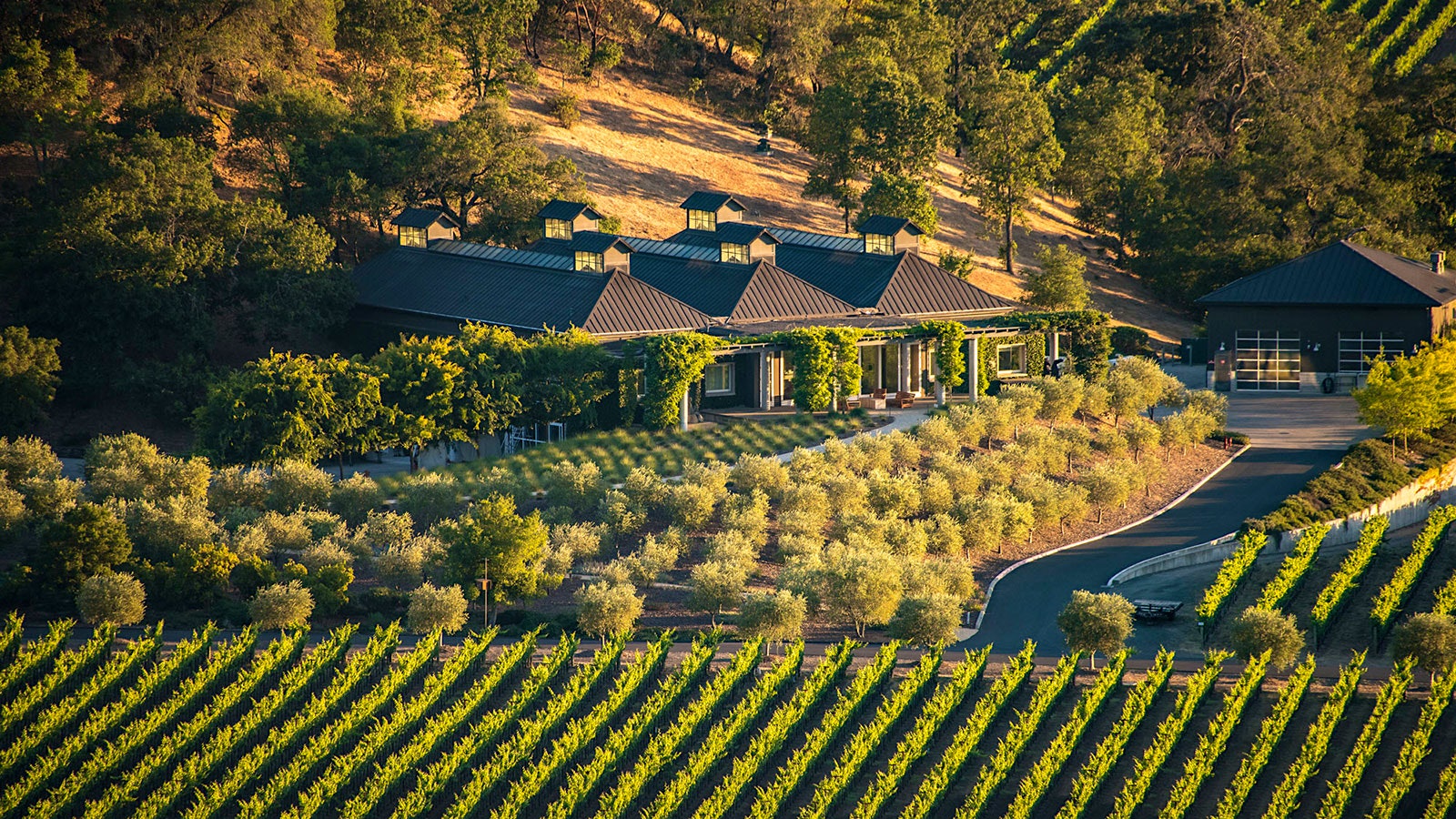Anyone who has spent time in Napa has likely been in a Howard Backen-designed building. The prolific co-founder of Backen & Backen Architecture designed upwards of 300 private homes, 40 restaurants and more than 60 wineries, many of which are located in Napa Valley. His signature farmhouse-chic style champions functionality and natural harmony, favors discreet affluence over ostentation, and has defined the Napa aesthetic over the last three decades. Backen, arguably one of Napa’s most influential figures without ever touching a wine grape, died July 22 at 88.
Born in Montana in 1936, Backen moved with his family to Roseburg, Oregon, when he was young. Backen knew he wanted to be an architect as early as fifth grade. Influenced by his architect uncle, he graduated with a Bachelor of Architecture degree from the University of Oregon in 1962. He relocated to San Francisco, where his early design work began at the firm Wurster, Bernardi and Emmons.

A few years later, he and a few colleagues opened their own firm, Backen, Arrigoni, and Ross (BAR Architects), completing several notable projects, including Disney’s Sound Studios in Burbank, George Lucas’ Skywalker Ranch in Marin County, and the headquarters for San Francisco’s rehabilitation institute Delancey Street Foundation, which received the Urban Land Institute’s 1992 Award of Excellence.
Backen Defined Napa Style
Backen made his first impression on Napa shortly after moving to the valley in the mid-1990s with the design of Harlan Estate under his new firm Backen and Gillam Architects with fellow architect, James Gillam.

“You want the architecture to feel like it grew right out of the landscape and not to have a greater presence than the land, the landscape itself,” vintner Bill Harlan told Wine Spectator in 2023. “So, the architecture needs to have some reason, and the history, the heritage, the culture, and the evolution from raw land … these things resonated with Howard.”
Want to see more amazing winery architecture? Check out Wine Spectator’s Most Beautiful Wineries feature.
Backen eventually set up a St. Helena outpost for his design firm. Other wineries, impressed by his work, began hiring Backen and Gillam. That work: farmhouse-chic, inspired by the Arts and Crafts and American Craftsman decorative arts movements of the late 19th and early 20th centuries.

Backen became known for landscape integration, peaked monitor roofs, corrugated metal, board-and-batten siding, exposed rafters, indigenous fieldstone, and his signature barn-style sliding pocket doors. These design elements can be seen at other notable Napa wineries designed over the years, including Bond, Promontory, Screaming Eagle, Continuum, Rudd, Larkmead, Ovid and more.
Today, his firm Backen & Backen has four offices, located in Montecito, Los Angeles, Sausalito and St. Helena. It will continue to be led by his wife, company CEO Ann Ernish-Backen, and partners John Taft, Tony Selko and Tom Spoja.

Over its nearly three decades in business, the firm has earned industry awards, including the Presidential Award for Design Excellence. Backen’s refined farmhouse aesthetic and his philosophy that a winery should not only conform to but rather respect its landscape have become pillars of the modern Napa Valley zeitgeist. His influence can be seen not just in Napa Valley but up and down the West Coast and beyond.
Backen is survived by his wife Ann and his children Annie, Steve, and Eric, as well as his stepchildren Kiera and Jake.
—With reporting by Robert Taylor







